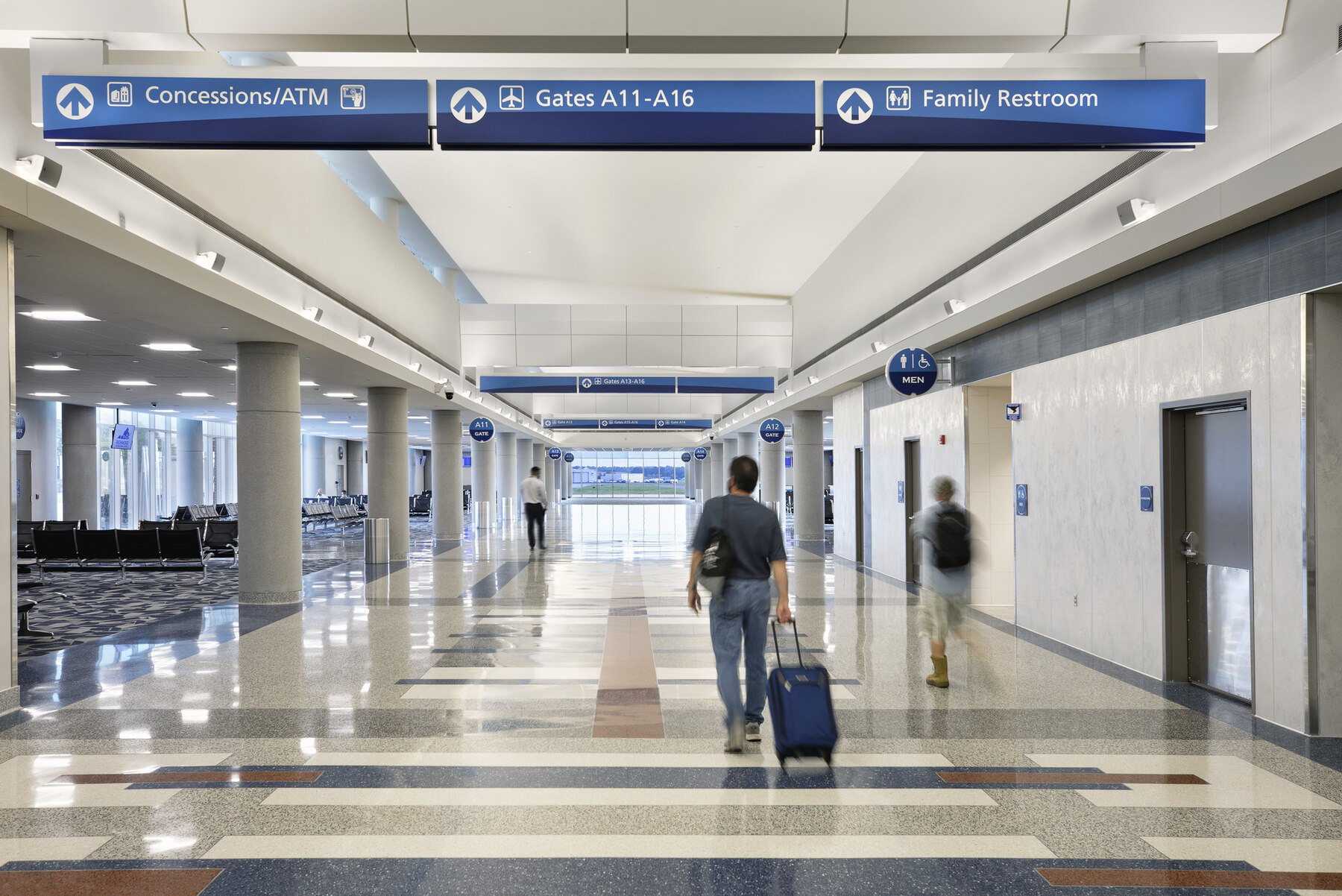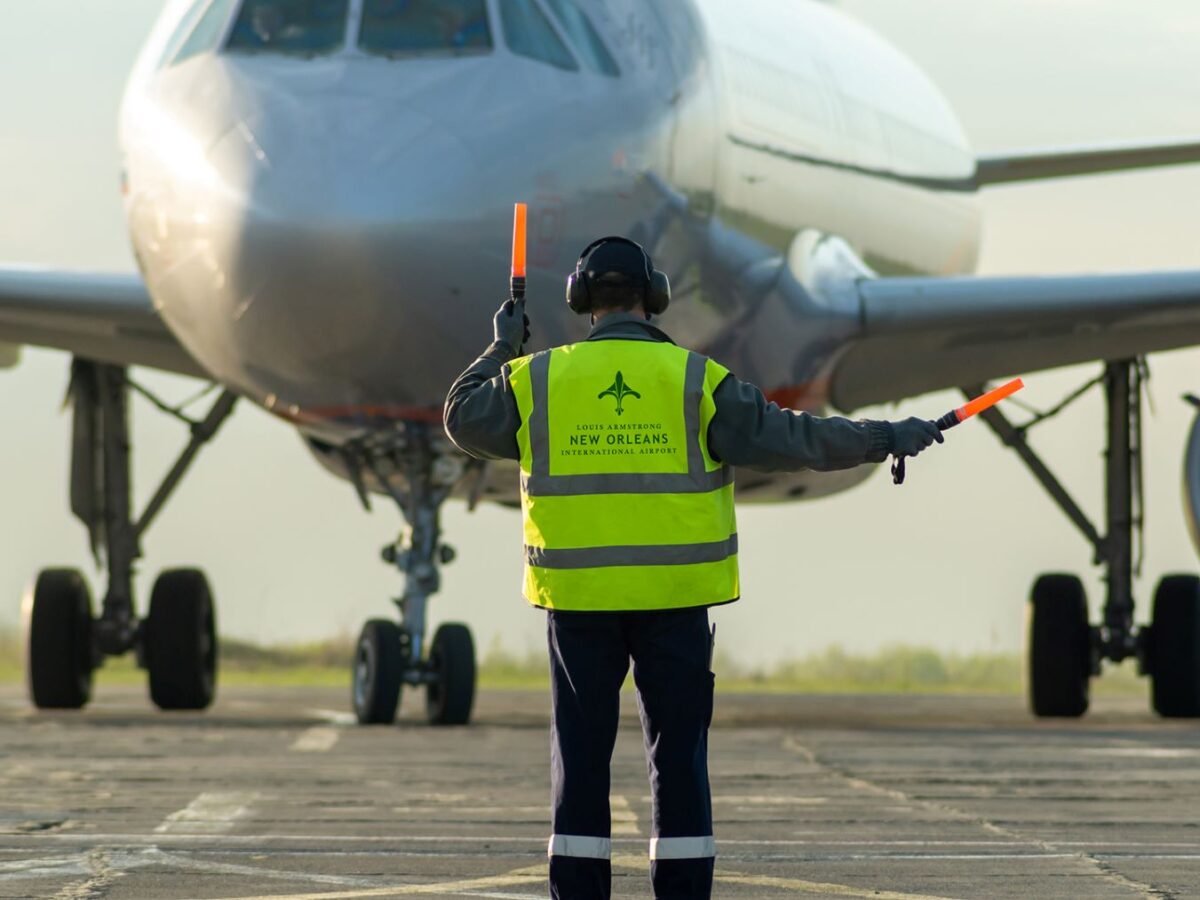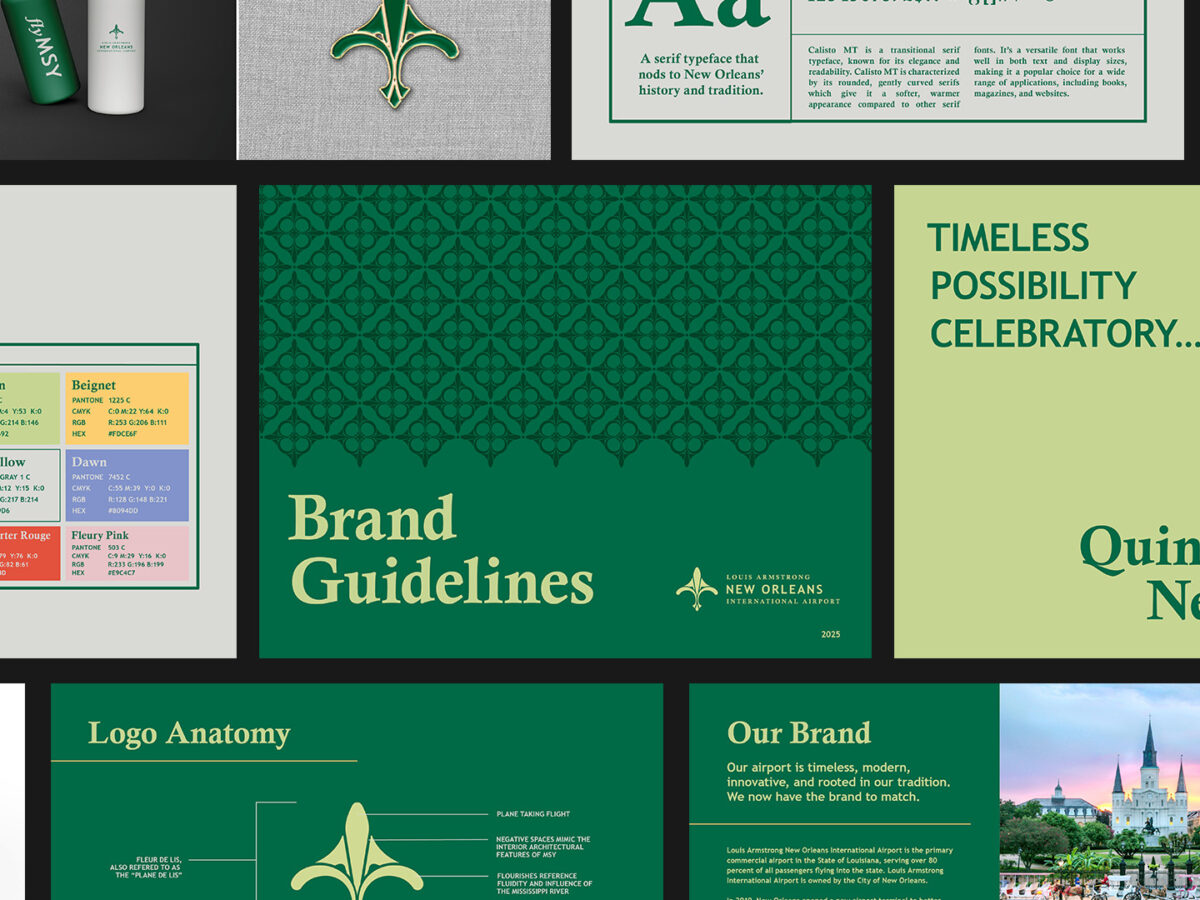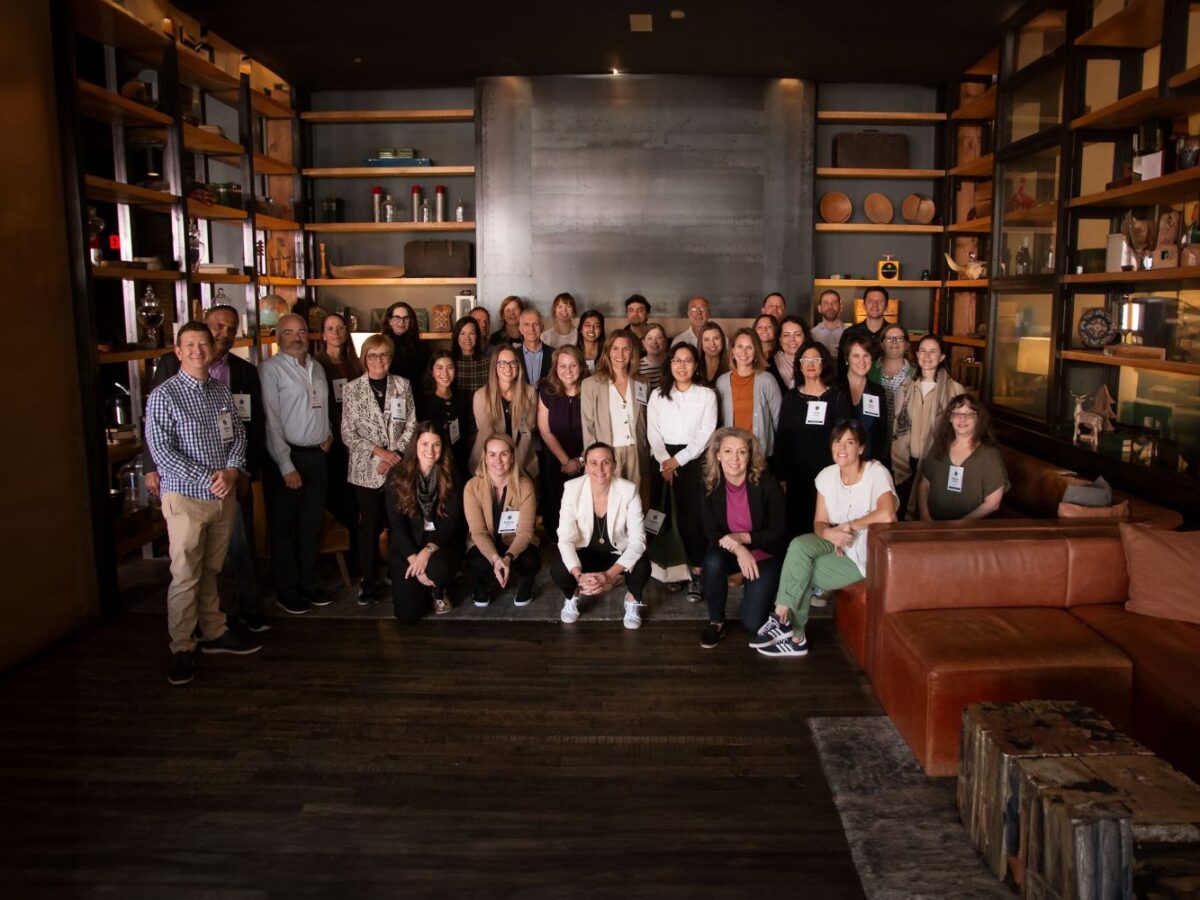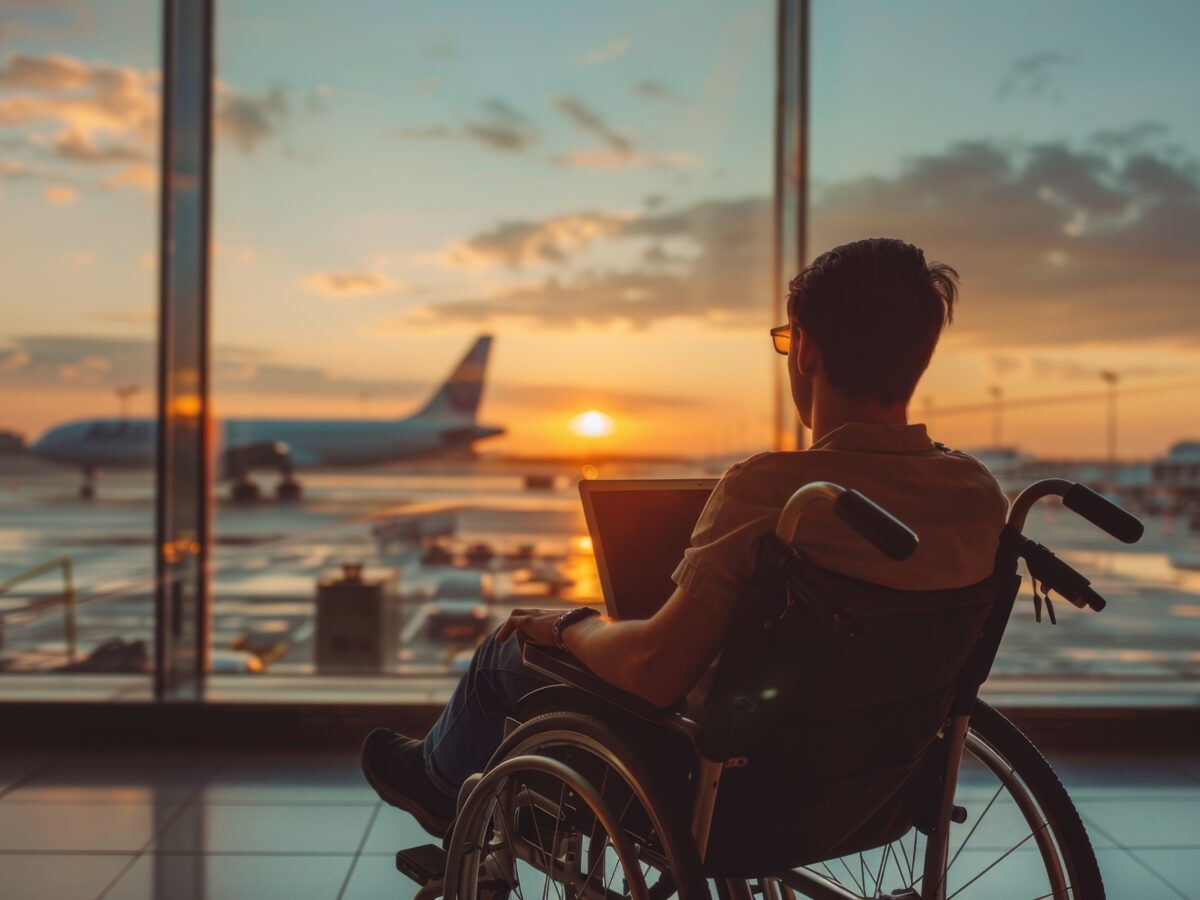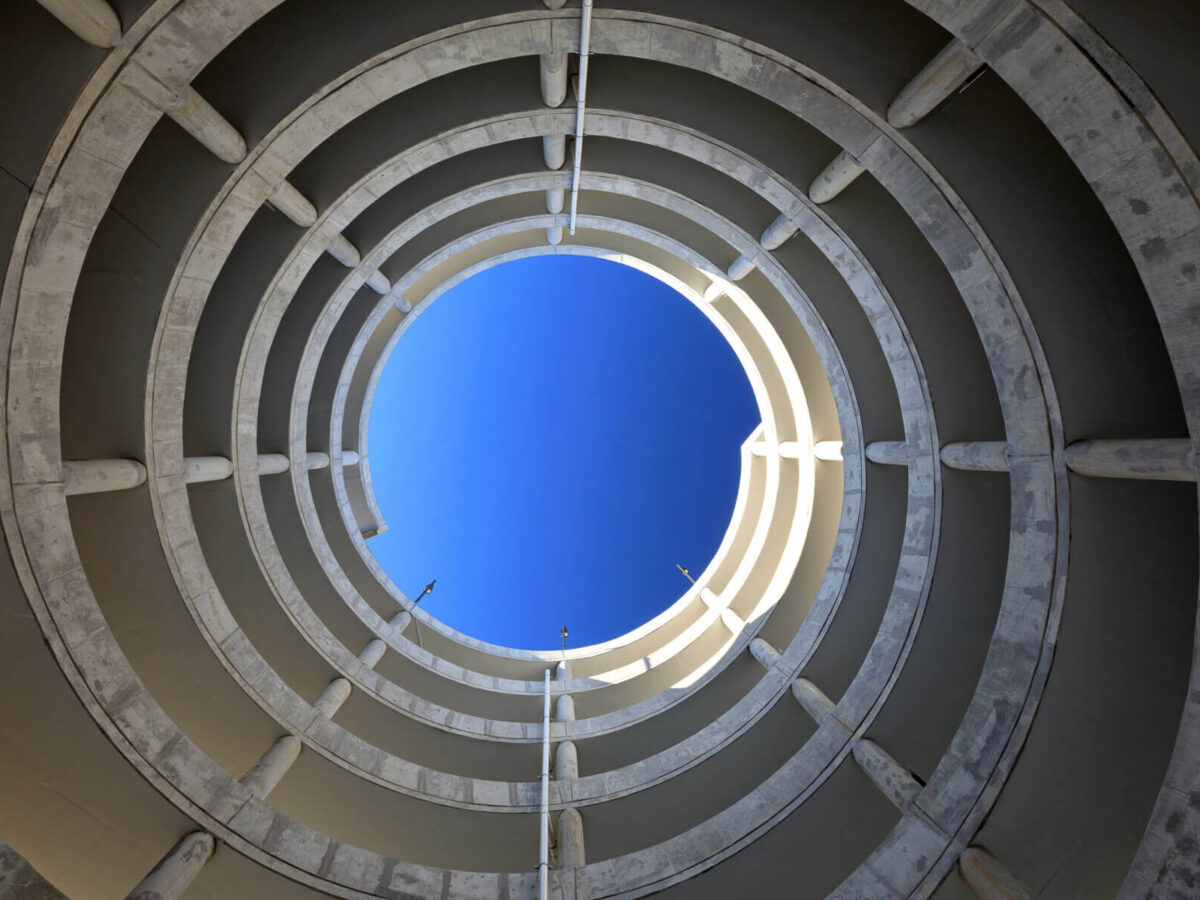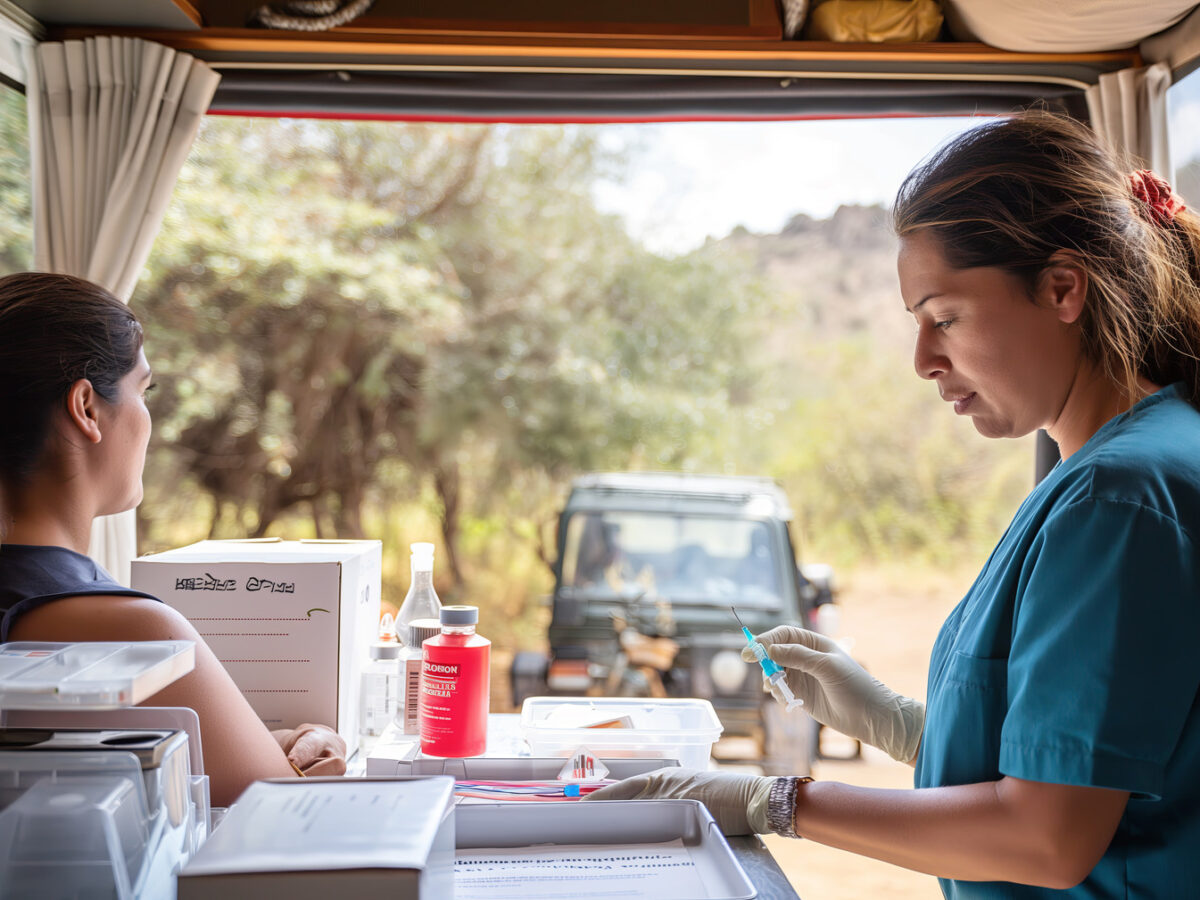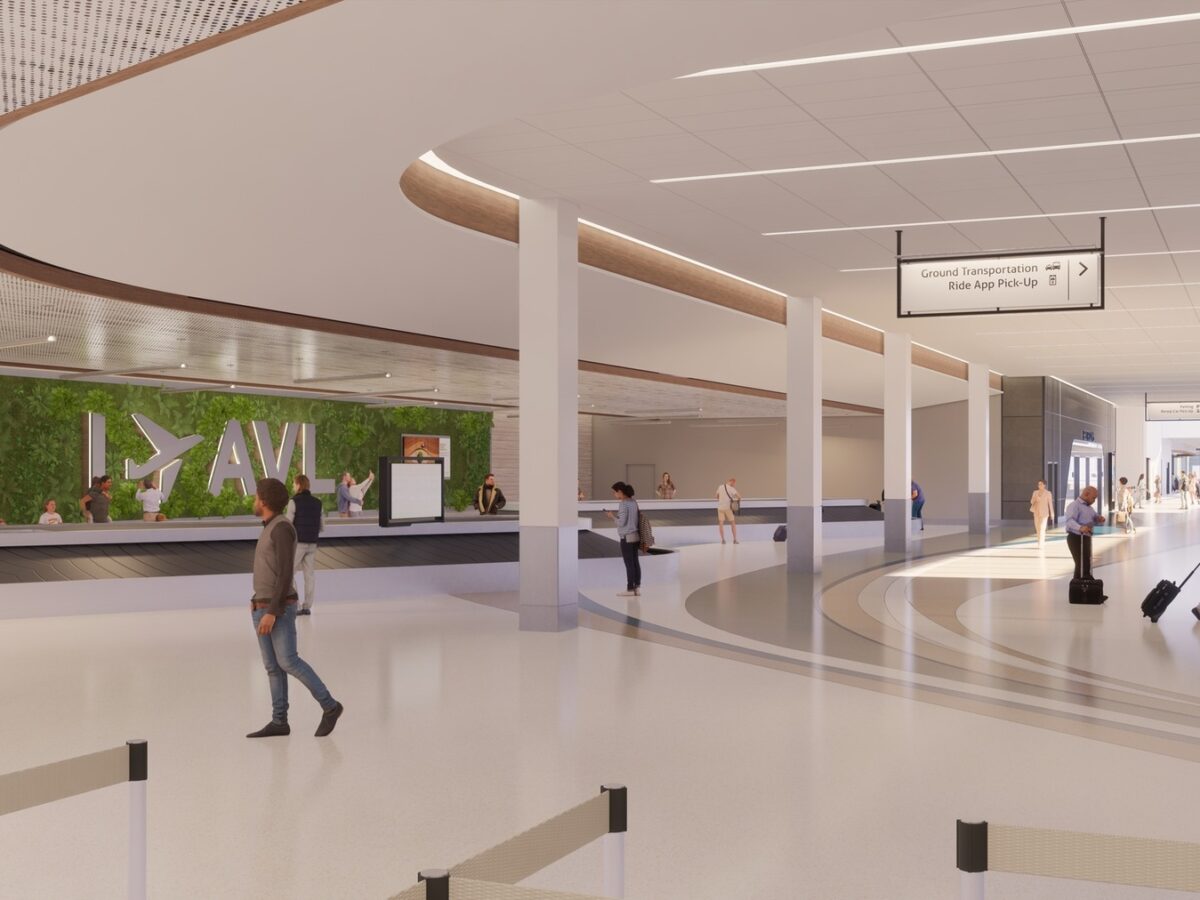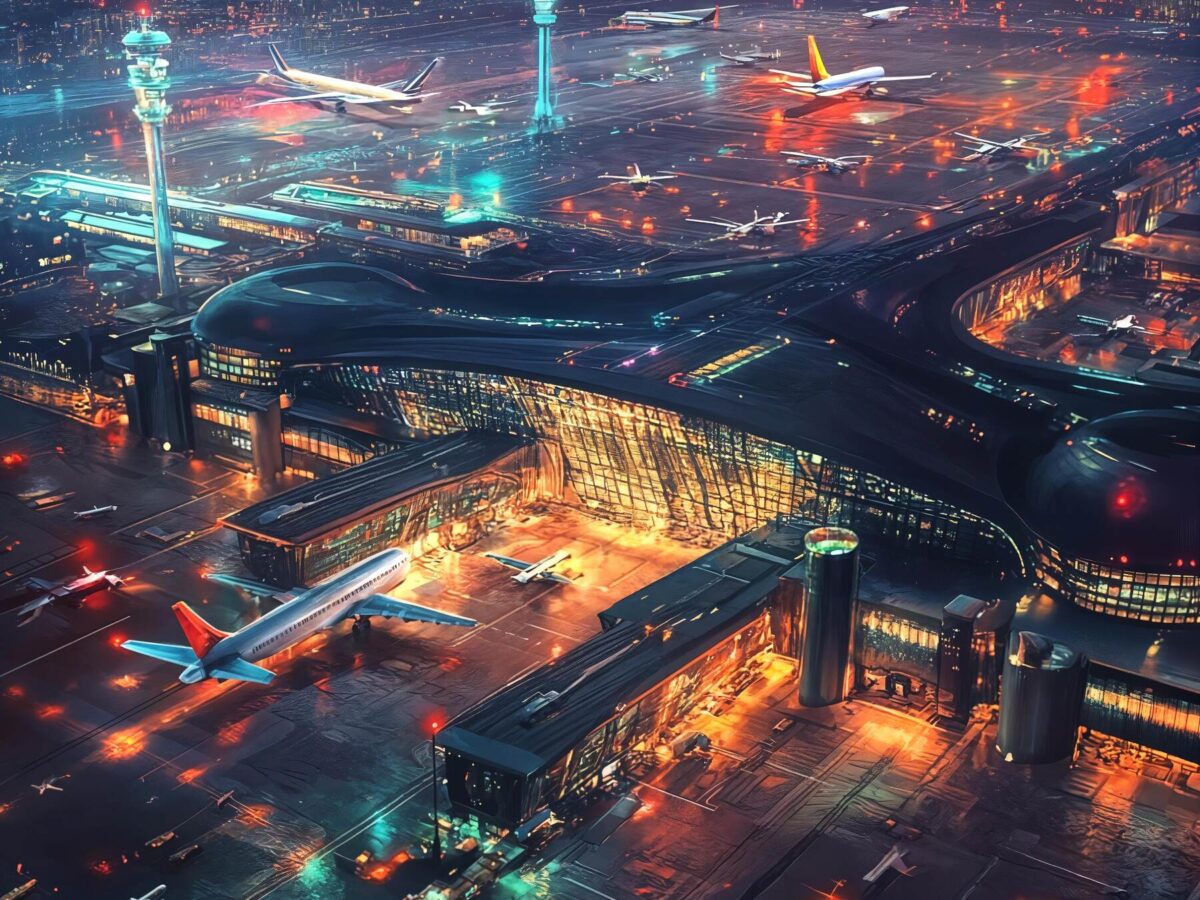Two years ago, life as we knew it changed drastically. We were all encouraged to stay home, avoid travel, and stop the spread of COVID-19. Since then, reduced flight schedules and passenger demands, coupled with changing health and safety requirements, have undoubtedly disrupted air travel. However, 60.2 million passengers boarded domestic flights in the United States in 2021, only 15 percent below domestic passenger volume in 2019, pre-pandemic. But while the passenger volume was similar, two things were still different: the destination on tickets, and the ticketholders themselves.
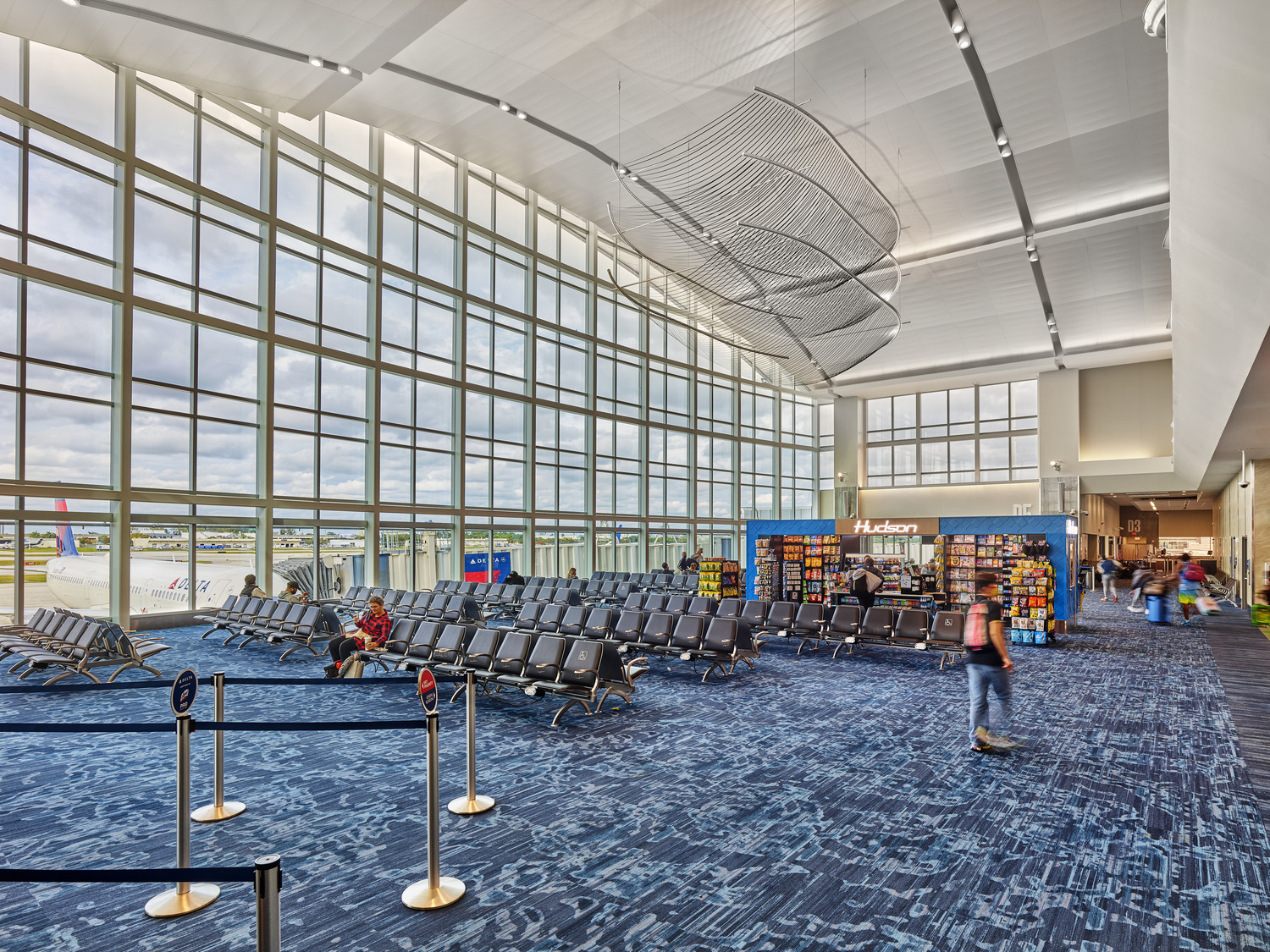
Business travel is still down as much as 50% from pre-pandemic levels, with many employees choosing business by video meeting over business class. However, leisure travel has bounced back quickly; whether thanks to stockpiled PTO or the newfound ability to work from anywhere, people who have been stuck at home for the last two years are booking flights with their newfound freedom. And these travelers are flocking to outdoor destinations where they’ll prioritize fun and relaxation. In fact, Myrtle Beach International Airport and Sarasota-Bradenton International Airport actually saw a significant increase in travel volume during the pandemic, while airports that largely see business travel have been slower to recover. This shift in passenger demographics and destinations begs the question: how long will this growth mode, which is likely due to pent up demand, last? And how will it affect the way we plan and design airports for the future?
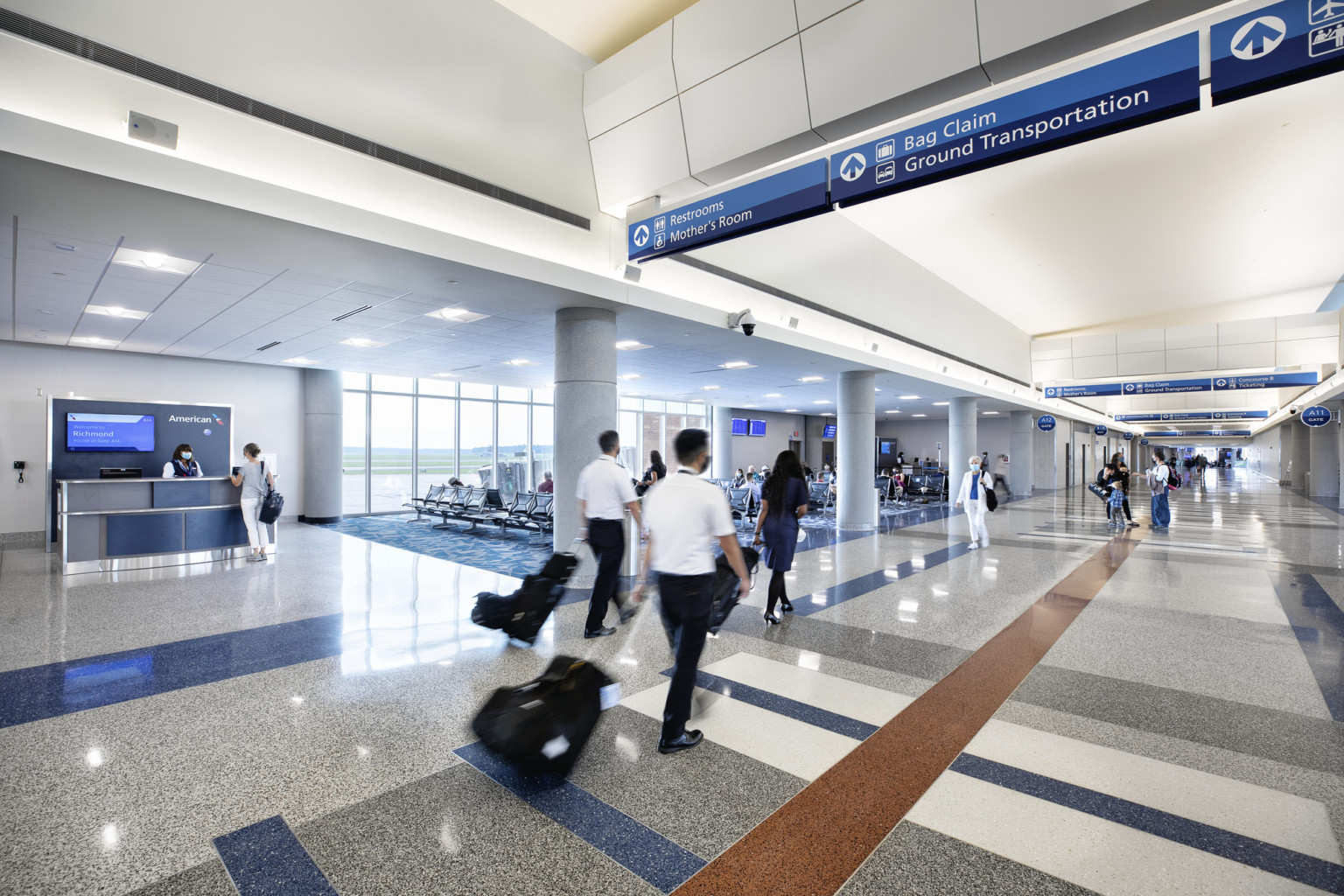
While sanitizing stations and sneeze guards may have their place, much of air travel has returned to business as usual—and so has airport design. Airports across the country continue pursuing capital improvement projects, and our designers are still developing creative solutions that redefine the passenger experience. For example, compartmentalized restrooms, like the ones that recently opened in the new concourse A expansion at Richmond International Airport, enable staff to conduct full cleanings regularly without requiring travelers to wait or walk to another restroom. Dynamic wayfinding devices that display real-time information, like the digital roadway signage and smart garage notifications at Fort Lauderdale – Hollywood International Airport, not only create a smoother, less stressful experience, but also offer operational flexibility and increase passengers’ discretionary time. On-demand food and beverage options and contactless retail create convenience and limit contact while also reducing staffing costs. And public art installations, like the giant turtles and larger-than-life flamingo at Tampa International Airport entertain guests and aid in wayfinding and serve as a gateway to local culture, while also providing an opportunity to offer additional concessions.
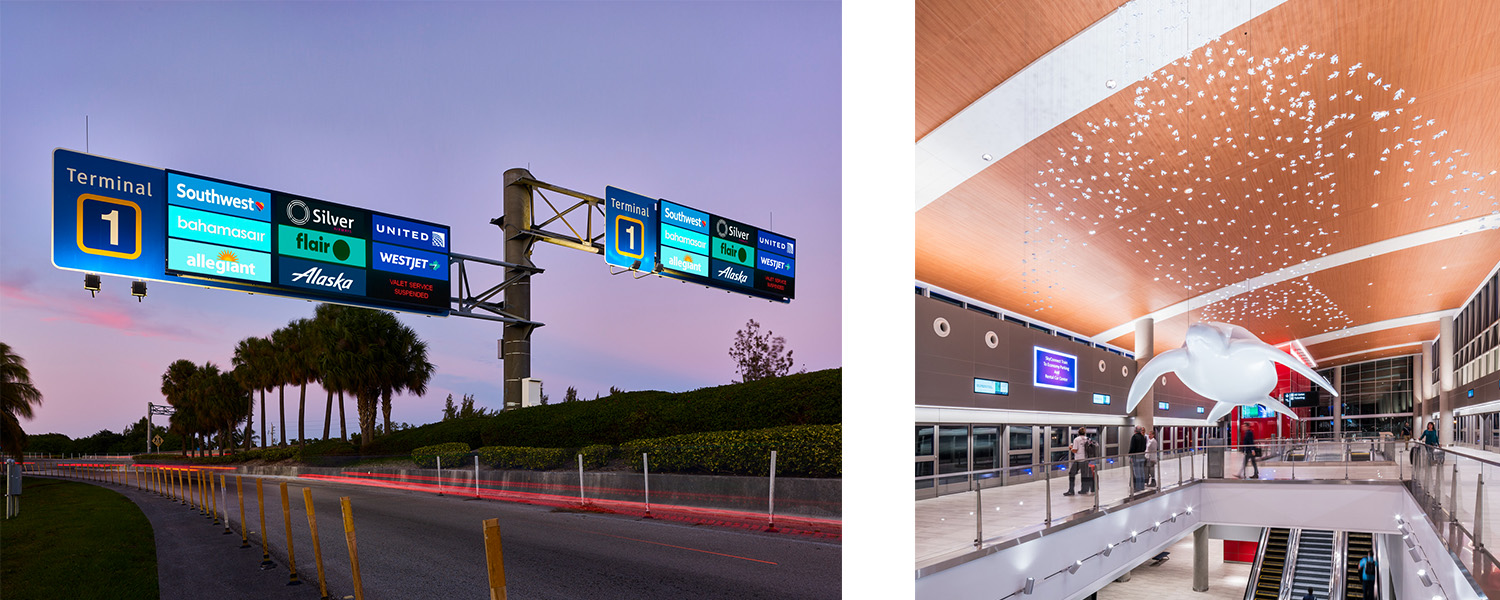
Nevertheless, changing passenger demographics and destinations places an increased importance on taking the passenger experience to new heights. No longer swiping their corporate credit cards, leisure travelers are more cost conscious than business travelers and expect the most for their hard-earned money. At the same time, these less-frequent fliers may need guidance on making the most of their airport experience.
While much of air travel seems to be business as usual, new passenger demographics and destinations provide an unusual challenge to the way we help passengers get on the move. Stay tuned for the upcoming posts in this series where we’ll explore how design strategies, such as custom carpet patterns that reflect the local community, and new technologies, such as digital twins, are changing the way we deliver and design projects in the post-pandemic world.
